In the world of industrial infrastructure, High-Density Polyethylene (HDPE) pipes have emerged as a vital component due to their durability, resistance to corrosion, and versatility in various applications. This blog aims to guide readers through the landscape of HDPE pipe manufacturers, highlighting their unique offerings and contributions to the industry. By exploring the top manufacturers, we will provide insights into the quality, pricing, and reliability of HDPE piHDPE pipes’, empowering readers to make inforfor their projects. Whether you are involved in construction, plumbing, or agriculture, understanding the landscape of HDPE pipe manufacturers is essential for ensuring optimal performance and longevity in your applications.
What Are HDPE Pipes and Their Uses?
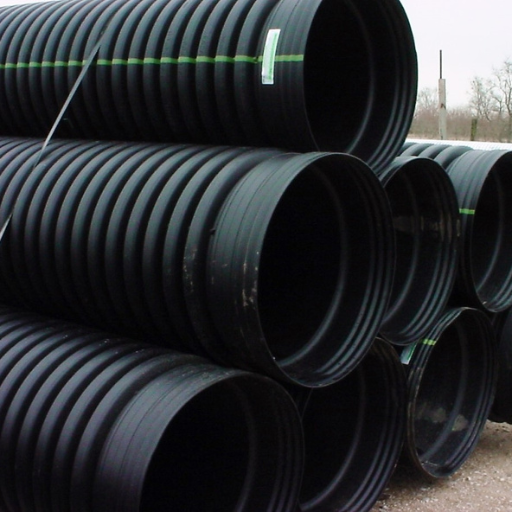
What is High-Density Polyethylene (HDPE)?
High-Density Polyethylene (HDPE) is a kind of thermoplastic that originates from petroleum. It has high strength-to-density ratio and this makes it to be light weight as well as very strong. HDPE does not break easily when it comes into contact with chemicals, impacts, and even UV light, increasing its applications including pipe systems, containers, etc. The tensile property enables them to fit in different environments, while a low moisture absorption rate guarantees their durability in outdoor locations. It is mainly used for water and gas distribution pipes and agricultural practices such as drainage systems where resilience and efficiency are vital.
Benefits of Using HDPE Pipe in Water Supply
HDPE pipes are advantageous for water supply systems, which has made engineers and contractors opt for them. These tubes also do not corrode over time; hence, their cost of maintenance is low as they are structurally intact like others. Furthermore, the plastic pipes are lightweight, minimizing the occurrence of cracking during g, minimizing the installation process easier,r than before, in addition to being flexible enough to adjust. Moreover, the interior surface of HDPE pipes is smooth, thus reducing frictional loss and resulting in an efficient flow of water at reduced pumping energy requirements. Additionally these pipes have been created with an aim of fighting any biological growth alto fightants that may get contaminated offering clean drinking water all through . Lastly, due to their long lifespan beyond 50 yers, replacing or repairing HDPE pipes becomes less frequent, hence lowering costs associated with it in the future.
How to Choose the Right HDPE Pipe Manufacturer?
Factors to Consider When Choosing a Manufacturer of Pipes
When choosing a manufacturer of pipes, there are several main things that must be taken into account. Firstly, evaluate the experience and reputation of the producer in the industry as an extended shelf-life in this market usually means commitment to quality and customer satisfaction. Secondly, examine their certifications and standardizations such as ISO or ASTM which demonstrate how much they follow safety and performance benchmarks. Thirdly, make sure that you review what products they have so that you are sure they can provide those HDPE pipe specifications you need for your project. Moreover, seek information about their customer support services after buying due to importance of ongoing aid in successful project implementation Finally, consider pricing and delivery terms should match the schedule of your project.
What Makes a Manufacturer’s HDPE Pipe Quality?
There are some essential attributes through which one can define a high-quality manufacturer of HDPE pipes The first thing is advanced manufacturing techniques which lead to strong durable and performing products. Additionally, each batch has to conform to set pipeline standards by observing strict quality control measures during all stages of production. Furthermore, innovative technology focus remains important for producing pipes which meet constantly changing market needs at affordable prices Moreover; good local customer service creates trust between manufacturers and clients where customers receive prompt assistance when purchasing goods or services from them Lastly; positive customers’ ratings act as testament towards manufacturer’s reliability level
How Do You Assess Products from Manufacturers?
To effectively assess manufacturers’ products, start with examining what specifications plus compliance are given for their HDPE pipes relating to relevant industrial norms Look out for detailed product explanations highlighting material composition dimensions and pressure ratings so vital when it comes to performance in diverse applications Besides that also check out if there’s any warranty either written or implied by looking at return policy provided by various dealers because it shows trust on ones own merchandise In conclusion always consider whether feedbacks received from other buyers satisfied by using these devices under real conditions This will help you obtain products that meet the specifications and expectations of your project.
What Types of HDPE Pipe and Fittings Are Available?
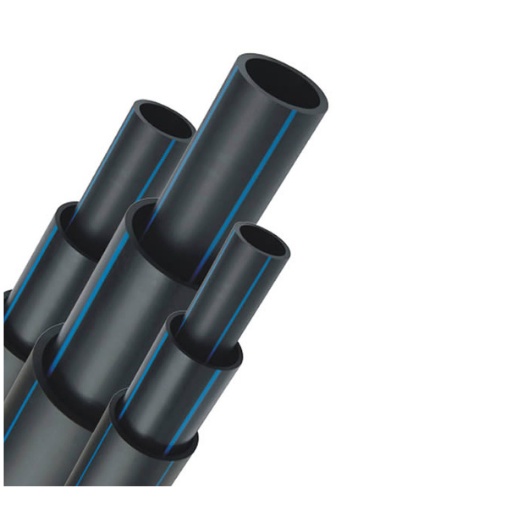
HDPE Pipes with Varying Sizes and Diameters
HDPE pipes come in different sizes and diameters to suit various applications. The standard sizes are 1/2 to 63 inches. These dimensions allow the pipes to be used for residential and industrial purposes. Smaller tubes, which have a diameter of between ½ and 2 inchecommonly used for plumbing or irrigation s andstems. Medium-sized tubes ranging between 3 and 24 inches are commonly used in drainage and wastewater management. HDPE pipes that go beyond diameters of 24 inches can be found for larger infrastructural projects such as water distribution and gas distribution, up to an availability of more than 63 inches. Dependinn project specifications it is crucial to select the correct pipe size to attain optimum flow levels and ptocontrol.
What do you need to know about HDPE Pipe Fittings?
HDPE pipe fittings act as critical components that connect or transition from one section of the piping system to another, thus making it a leak-free and secure network. These fittings are available in various types, such as elbows, tees, couplings, and reducers, which each serve specific functions within a system. For example, an elbow is used when there is a change in direction, while tee enables one to branch from the main line. These fittings undergo similar manufacturing standards to the HDPE pipes, which often bear fusion welded connections, thereby adding their resistance against chemicals, making them suitable both for water or gas uses due to their great strength properties. Proper selection of fittings based on project requirements is crucial to maintaining system integrity and performance.
What is Custom HDPE? What Are Its Advantages?
The term “custom” denotes the adaptation of high-density polyethylene (HDPE) products to”ards a”achieving particular project objectives, hence enabling designing flexibility along with a broad applications range, among others. Flexibility has also been improved through customizing HDPE during design processes allowing changes in shape, configuration, or size to fit specific project needs. Such modification often leads to increased installation rates and operational efficiencies. Moreover, custom HDPE can be made so that chemical resistance is improved or the tensile strength raised to make it suitable for use in highly aggressive atmospheres characterized by heavy vehicular movement or harsh chemicals. Fundamentally, Custom HDPE is a good remedy for various engineering and construction problems that require solutions while maintaining durable and long-lasting structures.
What Are the Advantages of HDPE Pipes Over Other Materials?
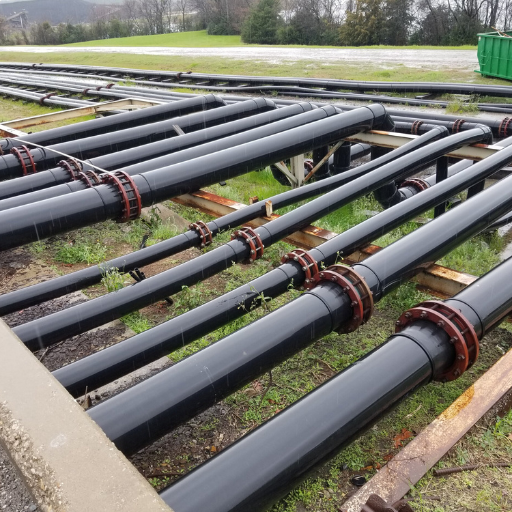
Corrosion Resistance in HDPE Pipe
HDPE pipes are renowned for their exceptional resistance to corrosion, which sets them apart fcorrosion resistancels such as metal and concrete. This inherent property stems from HDPE’s chemical structure, which prevents the degradation commonly caused by bHDPE’ss, bases, and other corrosive agents. As a result, HDPE pipes maintain their integrity and functionality over time, significantly reducing the risk of leaks and failures. Additionally, the smooth internal surface of HDPE minimizes friction and prevents the accumulation of sediments, further enhancing its longevity and reliability in various applications, including water transportation and industrial processes. The corrosion corrosion resistance contributes to lower maintenance costs and assures extended service life, making HDPE an ideal choice for enduring demanding environments.
The durability of HDPE Pipe vs. Plastic and Steel
HDPE pipes exhibit superior durability compared to both traditional plastic and steel options. Unlike standard plastic pipes, which can become brittle over time and are susceptible to cracking under stress, HDPE retains flexibility and remains resilient in fluctuating temperatures. In contrast to steel, which can corrode and is heavier, HDPE is lightweight and is not prone to rust or corrosion, ensuring a longer lifespan even in harsh environments. Additionally, HDPE’s resistance to impact and high tensile strength allows it to withstand heat and mechanical stress, making it ideal for various applications. Overall, HDPE pipes offer a more reliable, long-term solution than both plastic and steel alternatives.
Cost-Effectiveness of Using HDPE Pipe
The cost-effectiveness of using HDPE pipes is evident through its lower initial costs and reduced long-term expenses. While the upfront investment in HDPE may be comparable to other materials, its longevity, and durability substantially decrease the need for frequent replacements and repairs. Additionally, the lightweight nature of HDPE facilitates easier installation, resulting in lower labor costs. Moreover, its corrosion resistance minimizes maintenance expenses over time, further enhancing its economic viability. The overall lifecycle cost analysis often positions HDPE as the most budget-friendly option, especially in applications requiring robustness and reliability.
How Is HDPE Pipe Manufactured?
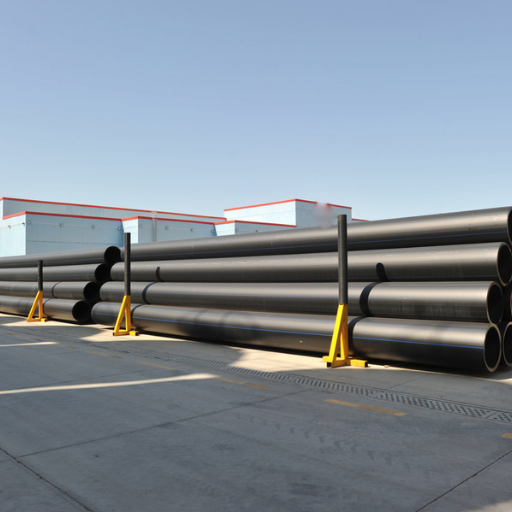
The Manufacturing Process of HDPE Pipes
The initial stage in the production process of HDPE pipes is the selection of high-density polyethylene granules that are input into an extruder. Once heated, these pellets melt to form a sticky substance. The molten plastic is then pushed through a die to shape it into a pipe. After this, the extruded pipe is cooled, typically using water to solidify and harden. When cooled, the tube undergoes several quality checks to ensure its strength and durability meet industry standards. Lastly, they are cut into appropriate sizes, packed, and prepared for distribution to meet various demands.
Raw Materials Used in HDPE Pipe Manufacturing
High-density polyethylene (HDPE) resin produced from petroleum through a polymerization process is the primary raw material used in manufacturing HDPE pipes. This resin has excellent value due to its resilience, flexibility, and resistance against numerous chemicals in diverse applications. Carbon black additives may be used to enhance specific properties of HDPE pipes. For example,, carbon blackprotects against ultraviolet rays, ensuringes that these pipes can withstand sunlight exposure over long periome. Apart from this there could be other additives like antioxidant,s and stabilizers which improve performance and lifespan of end product respectithe vely. Selecting these materithe als products,ly will ensure that manufacturers produce HDPE pipes that are s enough for environmental challenges.
Quality Control in HDPE Pipe Production
For final products conforming with strict industry guidelines it is essential for quality control measures need to be put in place during production processes involved in making HDPE pipes. In my opinion, I consider some critical practices key during this stage, among which include Regular examination of the extruded tubes. Looking out for observable blemishes or misfits is one area I usually concentrate on most frequently when examining them regularly. Also I carry out several tests aimed at assessing the,eir mechanical properties such as tensile strength, impact resistance as ,well as dimensional accuracy. Adherence to specifications and ability to withstand environmental stresses is confirmed by adhering to a stringent pipe testing schedule that I have put in place. Furthermore, maintaining records of all quality control measures taken ensures compliance with relevant standards. This systematic approach gives the product reliability and builds trust among our customers, who rely upon us for genuine HDPE pipes.
Reference sources
- Metoree: 5 HDPE Pipe Manufacturers in 2024
- This article lists the top-ranked HDPE pipe companies as of August 2024, providing a comprehensive overview of leading manufacturers.
- LinkedIn Pulse: HDPE Pipes Market Size, Top Manufacturers, Latest Trends
- This post discusses the market size, top manufacturers, and latest trends in the HDPE pipes market, offering insights into critical players like WL Plastics Corporation and Supreme Industries Limited.
- Lined Pipe Systems: What Are Best HDPE Pipe Manufacturers?
- This source provides a detailed list of the best HDPE pipe manufacturers, including Celanese Corporation, Dow, and JM Eagle, highlighting their strengths and market positions.
Frequently Asked Questions (FAQs)
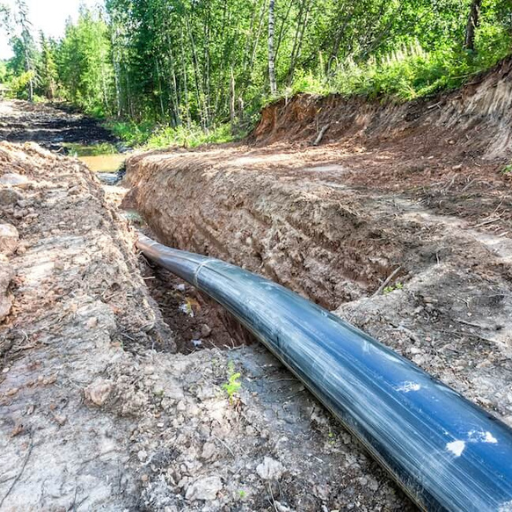
Q: What are the advantages of HDPE pipes over traditional piping solutions?
A: The advantage of HDPE pipes over conventional ones is that they are made from high-density polyethylene, which confers better wear resistance, flexibility, and lifespan to. They do not rust and can be used in different industries.
Q: Can I use HDPE pipes for oil and gas applications?
A: Their strength and chemical resistance make them suitable for oil and gas applications. They are commonly used in harsh environments to convey hydrocarbons and liquids.
Q: How is high-density polyethylene pipe produced?
A: High-density polyethylene pipe is manufactured by extruding polyethylene resin into a desired pipe size. This process guarantees that the pipes meet the standards required for strength and durability.
Q: Does SDR rating have an impact on how HDPE pipes perform?
A: The Standard Dimension Ratio (SDR) indicates how thick or thin walls appear in relation to diameter. A lower SDR rating implies a thicker wall, leading to an increased pressure rating and overall performance under intense stress conditions.
Q: What kinds of telecommunication-based HDPE pipes exist?
A: For telecoms, corrugated HDPE pipes usually act as conduits for fiber optic cables’ protection and routing purposes. They ensure that the cables remain intact during installation activities while remaining flexible.
Q: What considerations should be considered when choosing HDPE materials for municipal projects?
A: When selecting HDPE materials for municipal projects, consider their specific needs, such as density and abrasion resistance, regulations governing local communities, and drainage/sewerage system requirements.





